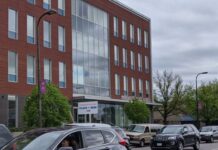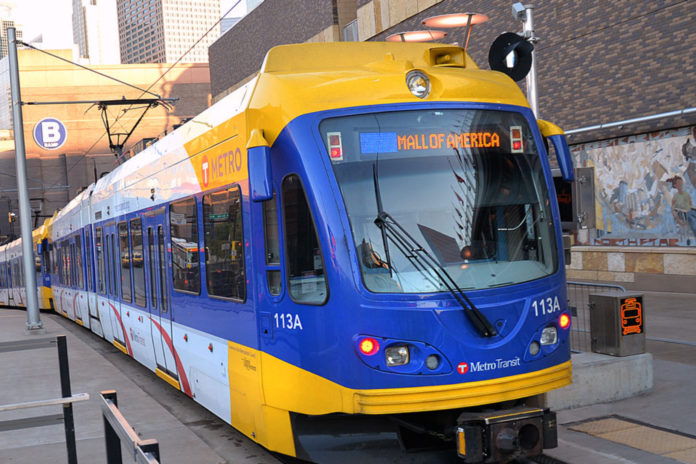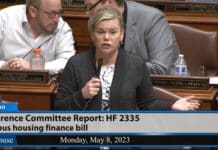(The Center Square) — Millions of dollars in cost overruns and stalled progress isn’t stopping the Southwest Light Rail (SLR) project.
On Monday, the Hennepin County Board of Commissioners voted for taxpayers to foot an additional $200 million for the light rail expected to run between Eden Prairie and downtown Minneapolis.
Project spokesperson Trevor Roy said the $200 million will fund future project construction changes due to the impacts of the corridor protection wall and the “unforeseen conditions” in the Kenilworth corridor related to tunnel construction.
The rail’s initial revenue start date was in 2023. SLR is still working with contractors to establish a new revenue service date, which will help inform the project’s cost estimate.
Rep. Frank Hornstein and Sen. Scott Dibble have asked Legislative Auditor James Nobles to review the project. At over $2 billion, the state’s most expensive public works project aims to stretch 14.5 miles between Eden Prairie and downtown Minneapolis through Minnetonka, Hopkins and St. Louis Park. The Met Council says this southwest metro area is home to more than 210,000 people and key employment centers.
“We believe that a review of project management and costs is timely and potentially impactful, particularly given the significant public investment in Southwest LRT, its importance to the regional transit system, and the ongoing challenges faced by the project,” the lawmakers wrote.
Counting the extra $200 million, Hennepin County taxpayers will have spent nearly $900 million on the project.
Baruch Feigenbaum, an assistant director of transportation policy at the Reason Foundation, a libertarian-leaning nonprofit organization, told The Center Square cost-overrun happens in roughly 50% of rail projects.
Feigenbaum estimated general cost overruns at 20%, meaning this project could exceed the original projected cost by $400 million.
“Why were these costs unforeseen?” Feigenbaum asked. “Were they costs related to raw materials being more expensive? I don’t know that any cost overruns are good, but some are a little bit more understandable than others,” Feigenbaum said.
He said any time a project completion date isn’t known, there’s an element of uncertainty priced into the cost, including inflation and the discount rate. The Met Council doesn’t yet have revenue projections for the finished product.
Bus-rapid transit is another option that can share a right-of-way with cars and can use intelligent transportation systems to boost bus travel speeds via priority at traffic signals, he said.
Buses can take people where they need to be, compared to a light rail system that can only stop at designated areas.
Planning for a project so far out is “problematic because we don’t know how development patterns are going to change,” Feigenbaum said.
For example, it’s impossible to know how many people will return to the office post-COVID-19.
“The amount of people that may be working from home could make the difference in terms of the viability of this specific project,” Feigenbaum said. “So I would just add that it’s important to include enough flexibility, because we’re not very good at predicting the future.”


















